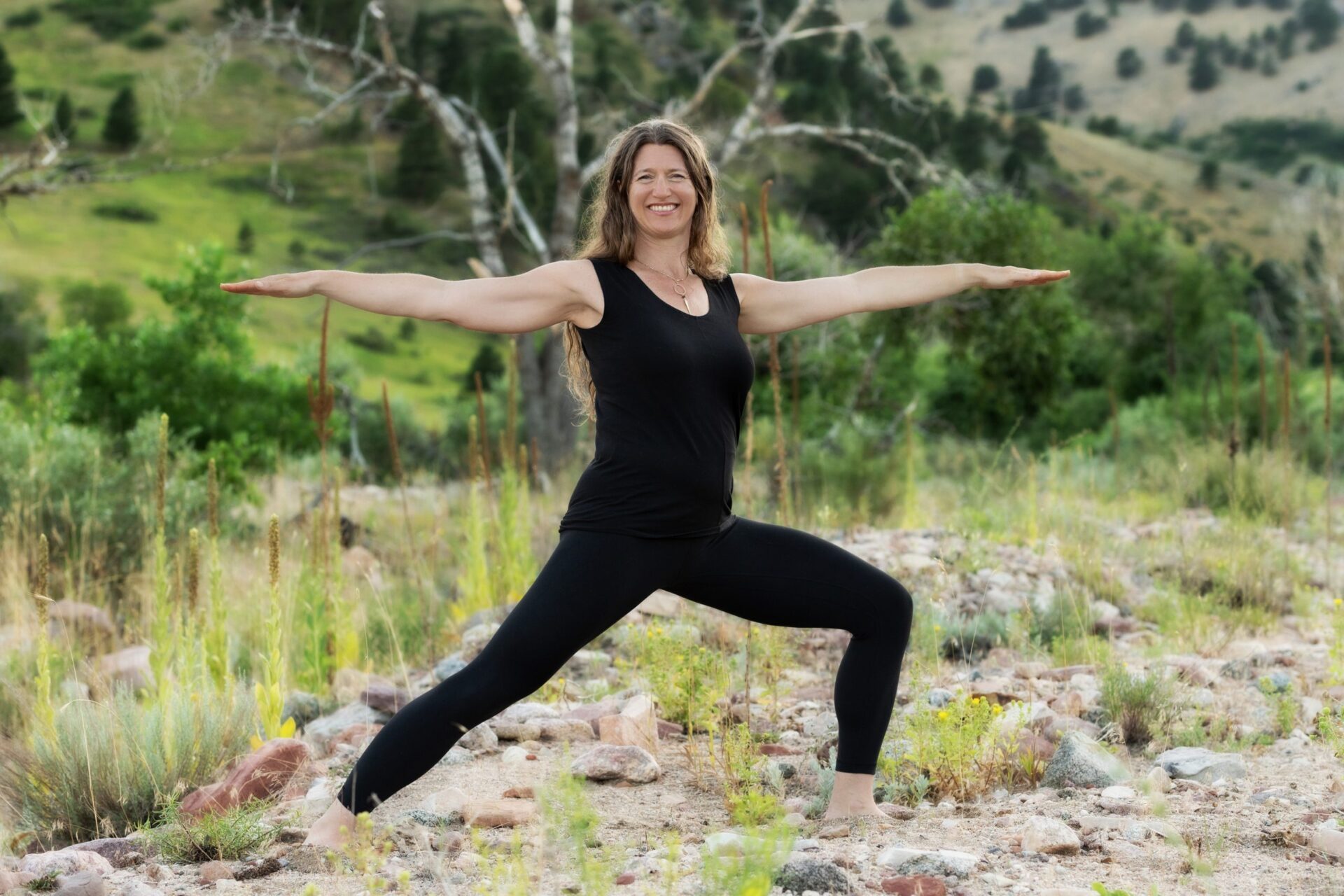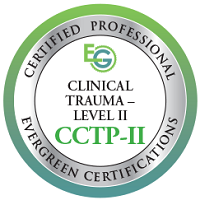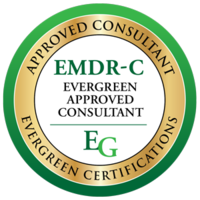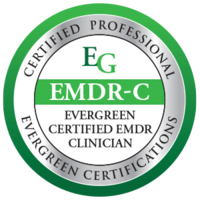Healing Emotions

Healing trauma involves reclaiming a sense of choice about how, when, and where you feel your emotions. For example, you do not want to process traumatic memories in the grocery store or when you are parenting your children. You want to have safe and predictable places and ways to feel and process through difficult life events.
This post is Part II in a series of blogs offering resources for trauma recovery aimed to strengthen your resilience. Part I focuses on your ability to reclaim a sense of safety. This post guides you through the resource of containment, a key skill for managing emotional overwhelm.
“Reclaiming a healthy relationship to our emotions entails reflecting upon the earliest education we’ve had about feelings; the messages we received in childhood. When a parent soothes our anxieties or helps us grieve losses we literally surrender into the feeling of being contained. The messages we received as children shape our experiences and become our inner voices into adulthood. You can learn how to hold your emotions in a loving way, to repair the wounds of the past.”
-Dr. Arielle Schwartz
Dealing with Feelings

We get plenty of messages about emotions early in life from our parents. Some families are very emotionally expressive while others are more subdued or even suppressed. Certain emotions might be treated differently than others. Sometimes parent’s reactions to children’s emotions are confusing. Here are some common examples:
- “When I felt angry, my father got angrier. As a result I became quiet and submissive. Anger feels scary and bad.”
- “When I felt sad, my mother worried. Now I feel anxious instead of simply feeling sad.”
- “It wasn’t okay for me to be excited. My parents always told me to ‘keep it down!’ I have learned not to care about life too much.”
- “Nobody paid much attention to my emotions growing up. I was left to deal with my fears on my own. I still feel panicky and overwhelmed sometimes. I’m just ‘too much’ for anyone to handle.”
- “I never knew what was coming my way. I have learned to keep a keen eye out for how others are feeling. This is how I keep myself protected.”
On the other hand, when a parent provides a healthy container for a child’s emotions we learn that feelings are simply meant to be heard, felt, expressed, and released. Feelings resolve when supported. Like water being poured out of a pitcher, without a container it will spill onto the floor. When someone soothes our anxieties, supports healthy expression of anger, and helps us grieve our losses we have an opportunity to learn what healthy containment feels like. We can relax into that support. The messages we received as children shape our experiences and become our inner voices into adulthood.
Resources for Trauma Recovery

Within somatic (body-centered) psychology, the term grounding refers to our ability to experience ourselves as embodied. Grounding refers to your ability to sense your body, feel your feet on the earth, and as a result calm your nervous system; a key resource that helps contain big emotions. Your senses (hearing, seeing, smelling, tasting, touching) are tools for anchoring yourself in the present moment. You can mindfully increase your awareness by enhancing your sensory experience. For example, slowly eat a slice of a tart apple feeling the texture and flavor.
This next resource is a recorded, guided practice to help you develop your own, personal grounding toolbox. This is one of ten free guided grounding practices available here on Healbright.
Create your Container

Sometimes you need to consciously compartmentalize difficult and distressing feelings, images, and thoughts in order to be present and to attend to your life activities. Containment practices help you create distance from intense emotions. Importantly, healthy containment requires that we also have places and people that help us hold, feel, and express our emotions. Often this occurs in psychotherapy or skilled community support groups. The psychotherapeutic relationship becomes an opportunity to heal, hold the feelings that we cannot yet hold on our own, and to repair the wounds of the past.
In EMDR (Eye Movement Desensitization and Reprocessing) therapy we prepare clients for therapy by developing imagined resources for trauma recovery. An extremely effective resource for trauma recovery is to develop an imagined container, a place that holds your distress. It doesn’t matter what kind of container it is, so long as it is big enough and strong enough hold your painful thoughts, feelings, and memories when you are not actively engaged in processing your trauma.
Some people use boxes. Others have file cabinets or wooden trunks. Your container can be a room in a house or a cave in nature with a rock that slides over the opening. It can be anything that works for you.
Bring to mind an image of something that would be able to contain any and all of your difficult memories and feelings. When you have one in mind, take a good look at it. I want you to note how this container opens and closes. When you close this container it will remain tightly sealed until you choose to open it. Your container can only be opened by you. You can place a lock on your container if you choose.
When you feel ready, I’d like you to think of something to place in your container for practice. This can be a worry, a difficult thought, a recent event, or something that is on your to-do list that is interfering with your ability to focus on this exercise. Now, open your container, place your thought, feeling, or event into the container. Once it is inside close your container.
Imagine your sealed and secure container. Notice how you feel in your body having set aside the distressing feeling. Notice any sensations of relief you feel in your body, maybe your neck tension released or your shoulders have dropped. Notice your breathing and notice the quality of your thoughts.
Relationship as Container

What if your early upbringing lacked an attuned, loving connection, or only offered it inconsistently? You are not alone. We all had imperfect families to varying degrees. As a result, we all need each other to heal the wounds of the painful disconnections from the past. Within the ground of another we can embrace our emotions. Yet, when we need to be self-reliant we turn towards our resources for trauma recovery that help us reclaim a sense of safety, feel grounded in the present moment, and strengthen our resilience.
Related Reading:
- How Relationships Heal Attachment Wounds
- Finding Equanimity Amidst Change
- How to Heal Your Transgenerational Attachment
Want to learn more about healing complex PTSD?
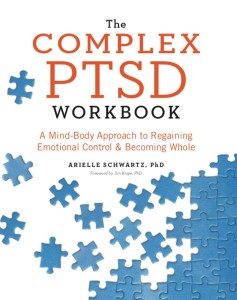
This post offers an excerpt from my book, The Complex PTSD Workbook, now available on Amazon! Click here to check it out.
About Dr. Arielle Schwartz

Dr. Arielle Schwartz is a licensed clinical psychologist, wife, and mother in Boulder, CO. She offers trainings for therapists, maintains a private practice, and has passions for the outdoors, yoga, and writing. Dr. Schwartz is the author of The Complex PTSD Workbook: A Mind-Body Approach to Regaining Emotional Control and Becoming Whole (Fall, 2016). She is the developer of Resilience-Informed Therapy which applies research on trauma recovery to form a strength-based, trauma treatment model that includes Eye Movement Desensitization and Reprocessing (EMDR), somatic (body-centered) psychology and time-tested relational psychotherapy. Like Dr. Arielle Schwartz on Facebook, follow her on Linkedin and sign up for email updates to stay up to date with all her posts.
Photo credit: “Stone colour cases” by TannerKrolle



